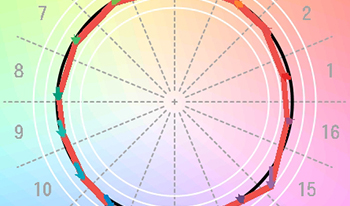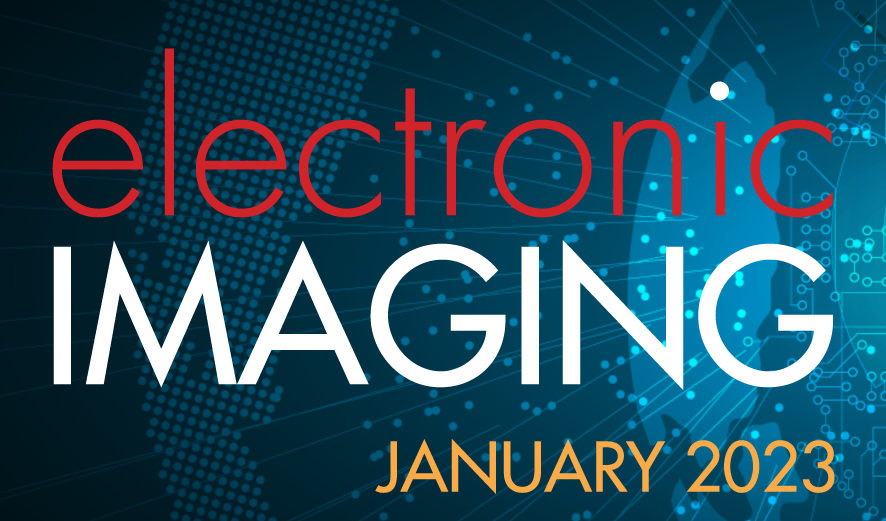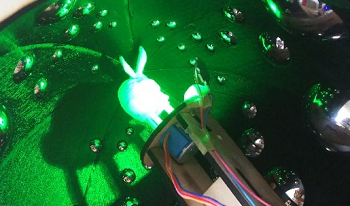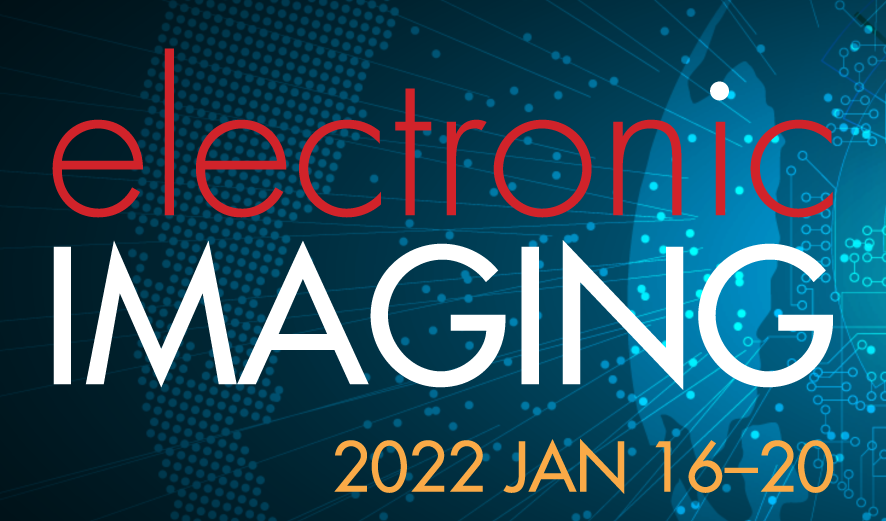
Professional digitization of cultural heritage items in the Polish State Archives can be divided into two major branches: digital imaging of transparencies and reflectives. While the latter has been meticulously standardized in accordance with ISO 19264 and domestic guidelines, the case is much different for the former. This paper is aimed at addressing the issue of color in mass digitization projects.

Solid state optical sensors and solid state cameras have established themselves as the imaging systems of choice for many demanding professional applications such as automotive, space, medical, scientific and industrial applications. The advantages of low-power, low-noise, high-resolution, high-geometric fidelity, broad spectral sensitivity, and extremely high quantum efficiency have led to a number of revolutionary uses. ISS focuses on image sensing for consumer, industrial, medical, and scientific applications, as well as embedded image processing, and pipeline tuning for these camera systems. This conference will serve to bring together researchers, scientists, and engineers working in these fields, and provides the opportunity for quick publication of their work. Topics can include, but are not limited to, research and applications in image sensors and detectors, camera/sensor characterization, ISP pipelines and tuning, image artifact correction and removal, image reconstruction, color calibration, image enhancement, HDR imaging, light-field imaging, multi-frame processing, computational photography, 3D imaging, 360/cinematic VR cameras, camera image quality evaluation and metrics, novel imaging applications, imaging system design, and deep learning applications in imaging.

Light field cameras have been used for 3-dimensional geometrical measurement or refocusing of captured photo. In this paper, we propose the light field acquiring method using a spherical mirror array. By employing a mirror array and two cameras, a virtual camera array that captures an object from around it can be generated. Since large number of virtual cameras can be constructed from two real cameras, an affordable high-density camera array can be achieved using this method. Furthermore, the spherical mirrors enable the capturing of large objects as compared to the previous methods. We conducted simulations to capture the light field, and synthesized arbitrary viewpoint images of the object with observation from 360 degrees around it. The ability of this system to refocus assuming a large aperture is also confirmed. We have also built a prototype which approximates the proposal to conduct a capturing experiment in order to ensure the system’s feasibility.

Light field cameras have been used for 3-dimensional geometrical measurement or refocusing of captured photo. In this paper, we propose the light field acquiring method using a spherical mirror array. By employing a mirror array and two cameras, a virtual camera array that captures an object from around it can be generated. Since large number of virtual cameras can be constructed from two real cameras, an affordable high-density camera array can be achieved using this method. Furthermore, the spherical mirrors enable the capturing of large objects as compared to the previous methods. We conducted simulations to capture the light field, and synthesized arbitrary viewpoint images of the object with observation from 360 degrees around it. The ability of this system to refocus assuming a large aperture is also confirmed. We have also built a prototype which approximates the proposal to conduct a capturing experiment in order to ensure the system’s feasibility.

Solid state optical sensors and solid state cameras have established themselves as the imaging systems of choice for many demanding professional applications such as automotive, space, medical, scientific and industrial applications. The advantages of low-power, low-noise, high-resolution, high-geometric fidelity, broad spectral sensitivity, and extremely high quantum efficiency have led to a number of revolutionary uses. The conference will focus on image sensing topics as listed below, bringing together researchers, scientists, and engineers working in these fields, offering the opportunity for quick publication of their work.
